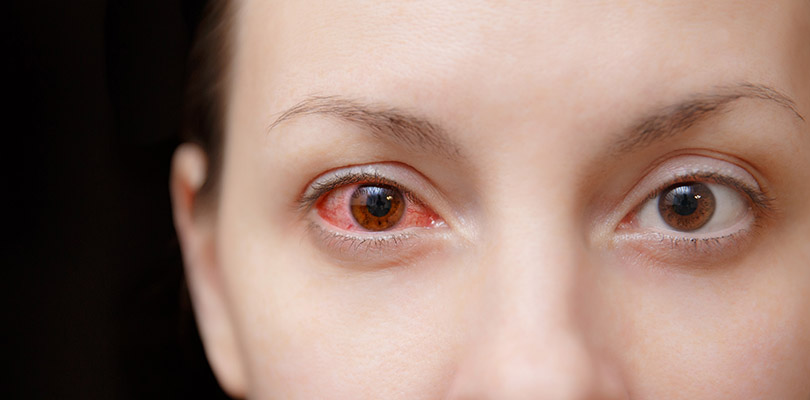Pilates vs. Yoga
Pilates is gaining in popularity alongside yoga exercise. Although Pilates is considered a physical activity, it's not considered a cardiovascular workout.
Pilates and yoga share the same techniques to develop, tone and strengthen the muscles of the entire body – such as the arms, legs, abdomen, and back – by using the body's own resistance to build power during movement.
Compared to yoga postures, Pilates poses are strikingly similar, yet there are some profound differences.
What Is Pilates?
Pilates is a system of exercise invented by Joseph Pilates in the early 20th century. Its core principles are concentration, control, centering, precision, breathing and flow.
Pilates aims to connect the body and mind by carefully focusing on each movement and paying close attention to your breathing throughout the exercise.
In Pilates, there is a strong focus on the core muscles which support the abdomen and back. Some exercises are performed on a mat, and others use special equipment such as the Pilates reformer to give added resistance.
Pilates is especially helpful for people recovering from or trying to prevent injuries. It is very popular among dancers and athletes who often use the exercises as part of their rehabilitation programs.
What Is Yoga?
In the western world, yoga is often seen primarily as a form of exercise. However, it is, in fact, an entire philosophy which originated in India thousands of years ago. It is unclear exactly how old yoga is, but the Yoga Sutra, one of the oldest books on yoga was written over 2000 years ago!
In Sanskrit, the word “yoga” means “to yoke, to join or to unite”, and this refers to the union of body, mind and spirit. There are many different styles of yoga, and some focus more on performing postures whereas others concentrate more on breathing and meditation.
There are many different styles of yoga, but some of the most popular include Hatha, Ashtanga, Vinyasa, Bikram and Kundalini yoga. Most yoga exercises are performed on a mat, using your own body weight for resistance. However, some simple equipment such as blocks or straps may also be used.
Red, itchy eyes aren't the only sign of pink eye or conjunctivitis. Learn more about other pink eye symptoms like swollen eyelids and irritation here.
Is There a Difference between Pilates and Yoga?
There are many similarities between Pilates and yoga, and to the untrained eye, they may seem much the same. In fact, when Joseph Pilates created his new exercise system, he combined elements of yoga with western practices such as bodybuilding and gymnastics.
Both exercises are great for improving flexibility, balance, and strength as well as having the potential to reduce emotional stress.
Both Pilates and yoga are low-impact, meaning that they are suitable for people of all ages and fitness levels. They can both be especially helpful for people experiencing joint pain, back pain or mobility problems.
So as you can see, Pilates and yoga are similar in many ways. However, there are also some small but important differences between Pilates and yoga of which you should be aware of.
Both exercises emphasize the connection between the body and the mind, but yoga includes the added spiritual aspect too.
In yoga, there is far more focus on meditation than there is in Pilates, and some classes may be dominated by breathing exercises and relaxation. This is great if you are looking to unwind after a stressful day, but if you turn up expecting a good stretch, you may be disappointed.
That is not to say that yoga will never get you feeling hot and sweaty though. Some yoga styles can be very intense, so it is always worth checking exactly what each class involves before signing up.
Another major difference between Pilates and yoga is the focus of the exercises themselves. Pilates concentrates on the core muscles, even when you are exercising other parts of the body. This makes it especially suitable for people who are looking to strengthen their core and relieve or prevent back pain.
Yoga, on the other hand, uses all parts of the body equally. It works out the arms, legs, and neck as well as the core muscles. Because of this, combined with breathing and meditation, yoga can be a great overall workout on both a physical and a mental level.
How to Decide which Exercise is Better for You
Deciding whether Pilates or yoga is better for you will often depend on what it is you want to gain. If you are looking to improve your core strength and stability, protect your back or rehabilitate after an injury, Pilates could be better for you.
If you are looking for something which you can incorporate into everyday life to help you relax and grow spiritually, while also improving your physical fitness, you might want to choose yoga.
There are no hard and fast rules about who should or shouldn’t practice either exercise, and in the end, it really comes down to personal preference. If you are still unsure, why not give both a try and see which one feels right? You could even practice both exercises on different days of the week to get the best of both worlds.
Whether you choose Pilates, yoga or both, be sure to start off slowly and gradually build up to more advanced exercises. This is especially important if you have an injury or long-term medical condition. Talk to your instructor about any health issues before your first class so that they can ensure that you exercise in a way that is effective, safe and enjoyable.







